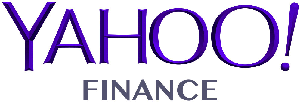Our behavioral assessments utilize several parameters to help combat faking potential. First, the questions are designed to be non-transparent and are embedded within a question set that includes 4 products. Therefore, it is difficult to guess what is being measured or which answers will lead to more ‘favorable’ scores. Second, the assessments have a built-in measure for gauging the likelihood that a participant has attempted to respond in a socially desirable way (i.e., motivational distortion). This gauge appears as a “Validity Category” in all reports. Third, results that have an unusual response pattern that indicates the participant answered randomly are ‘flagged’ with a warning message on the cover of such reports.
Our cognitive/abilities assessments also guard against “gaming.” All question problems, such as calculations or wording, are presented as images so that they cannot be easily copied and pasted into a browser or calculator. These assessments also have time limits to prevent participants from solving questions through these alternate means.










